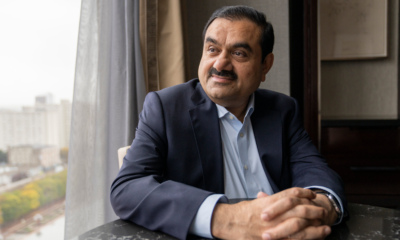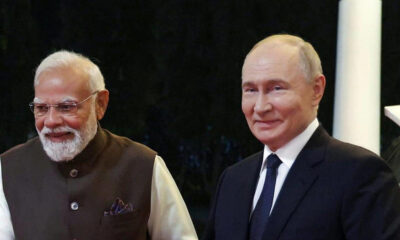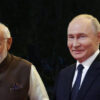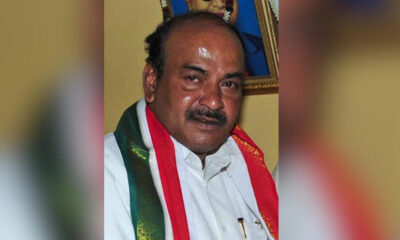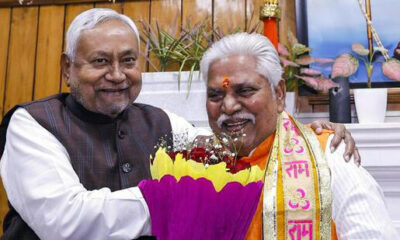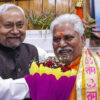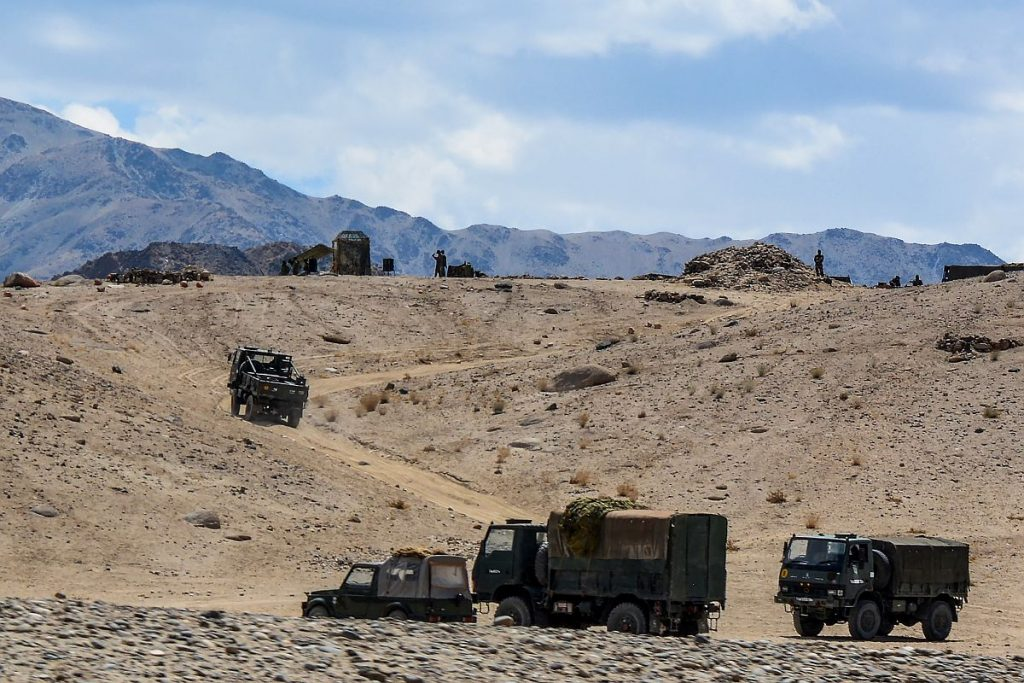

More in Politics
-


Politics
Messi India Tour Chaos: Politicians Face Criticism Over Event Management
Thousands of fans descended into chaos at Kolkata’s Salt Lake Stadium on Saturday when they were...
-


Politics
Putin Hails PM Modi as Reliable Leader During India Visit
Russian President Vladimir Putin arrived in India on December 4, offering glowing praise for Prime Minister...
-


Politics
Congress Leader R V Devraj Dies of Cardiac Arrest in Mysuru
Karnataka Congress leader and former MLA R V Devraj passed away due to cardiac arrest in...
-


Politics
BJP Leader Prem Kumar Elected Bihar Speaker Unanimously
BJP Leader Prem Kumar Unanimously Elected Bihar Speaker Senior Bharatiya Janata Party leader Prem Kumar was...
-


Politics
Opposition Parties Struggle to Counter BJP’s Political Dominance
India’s opposition parties face mounting challenges in their electoral battles against the Bharatiya Janata Party, according...


